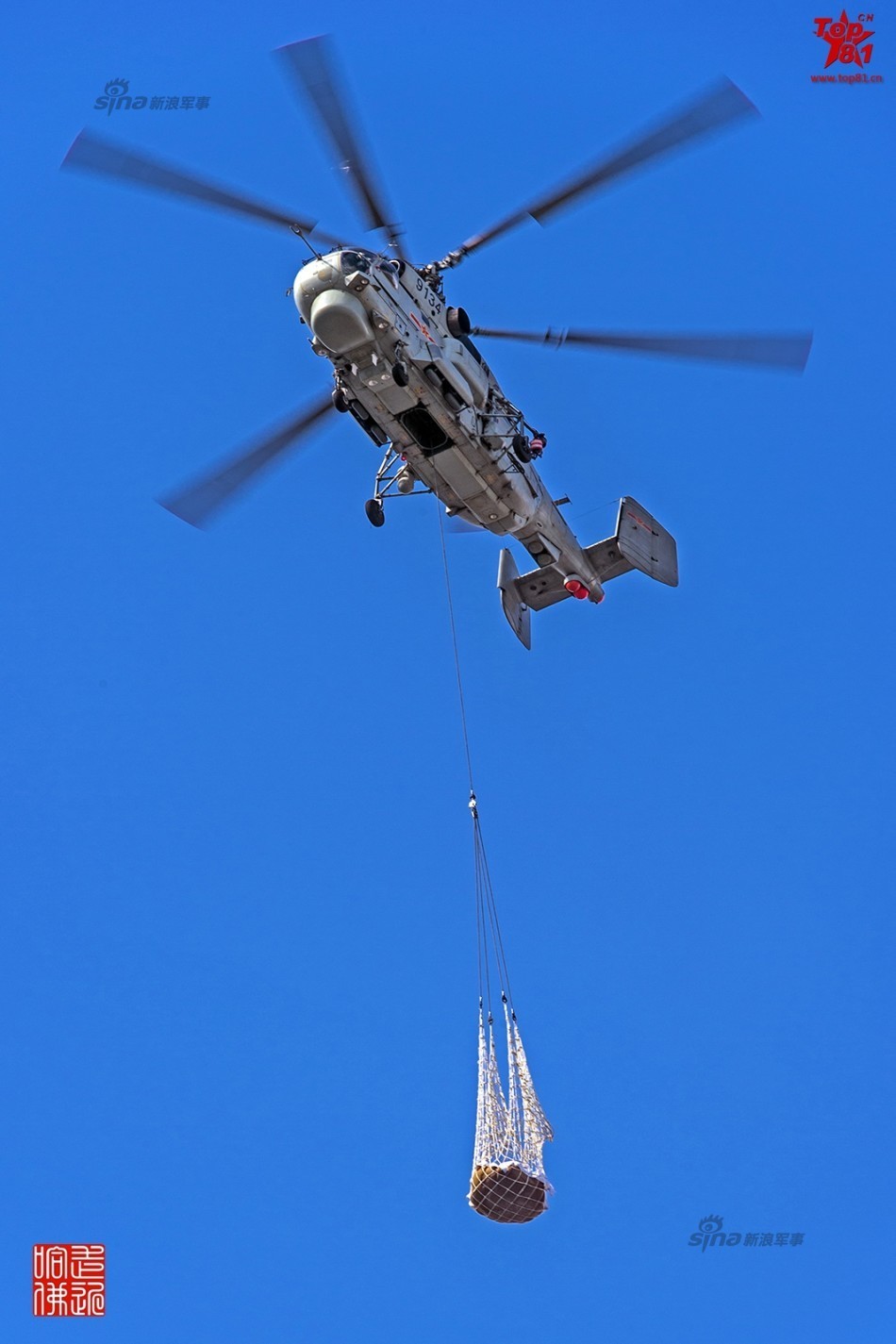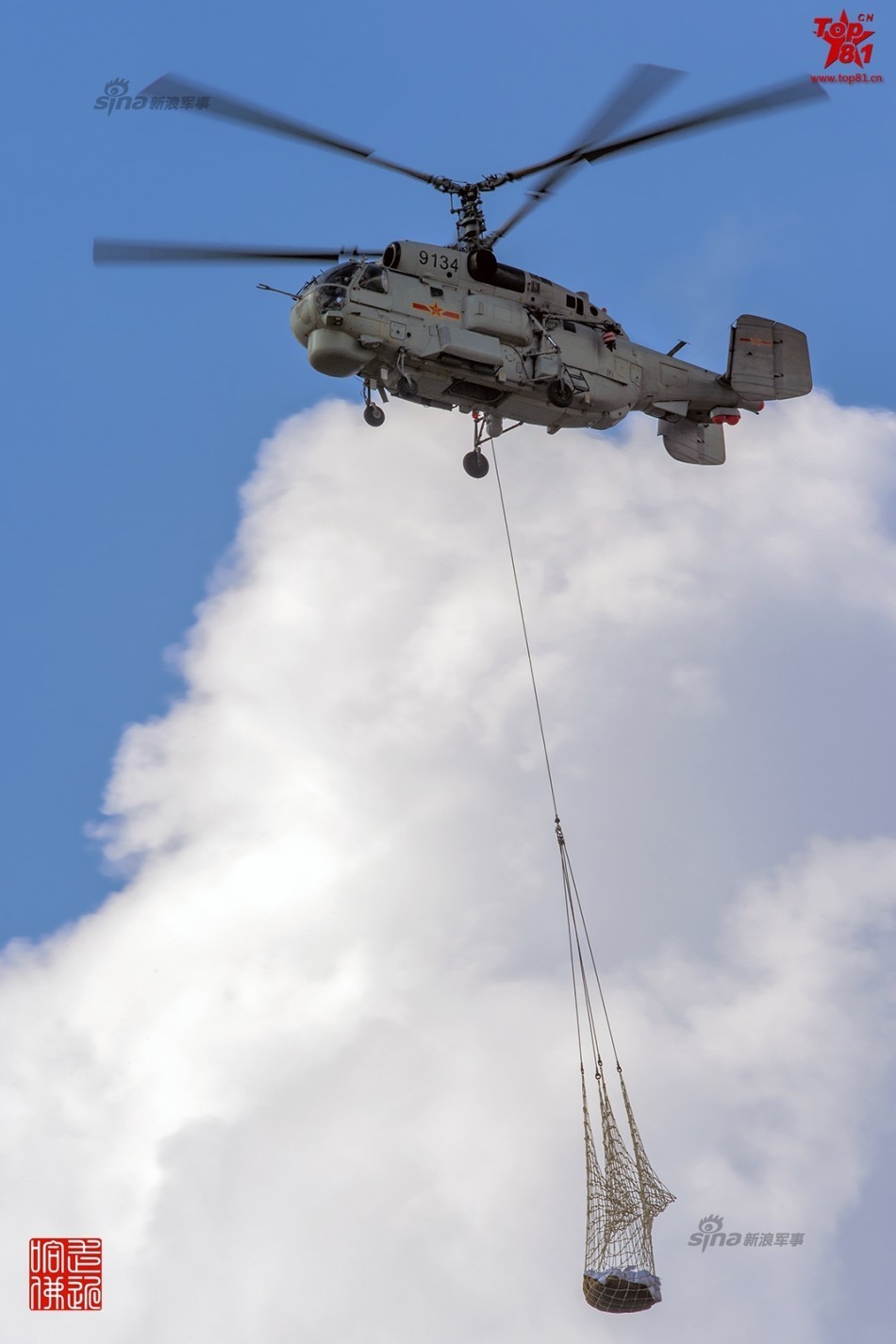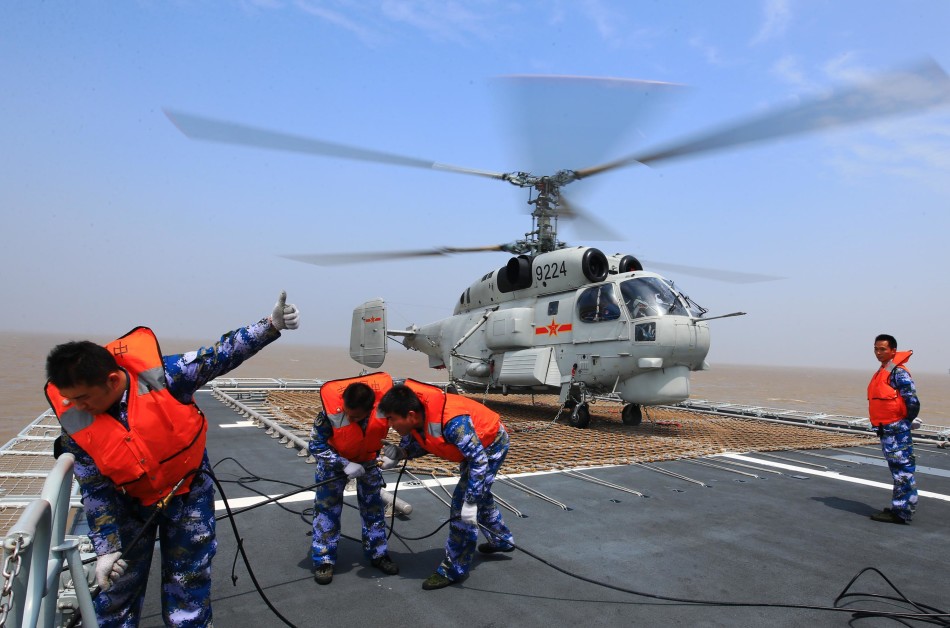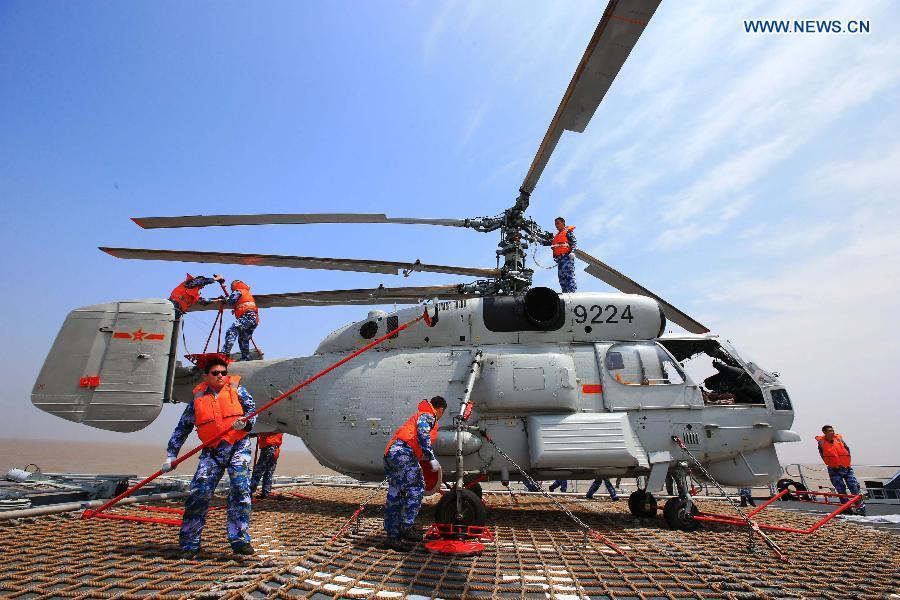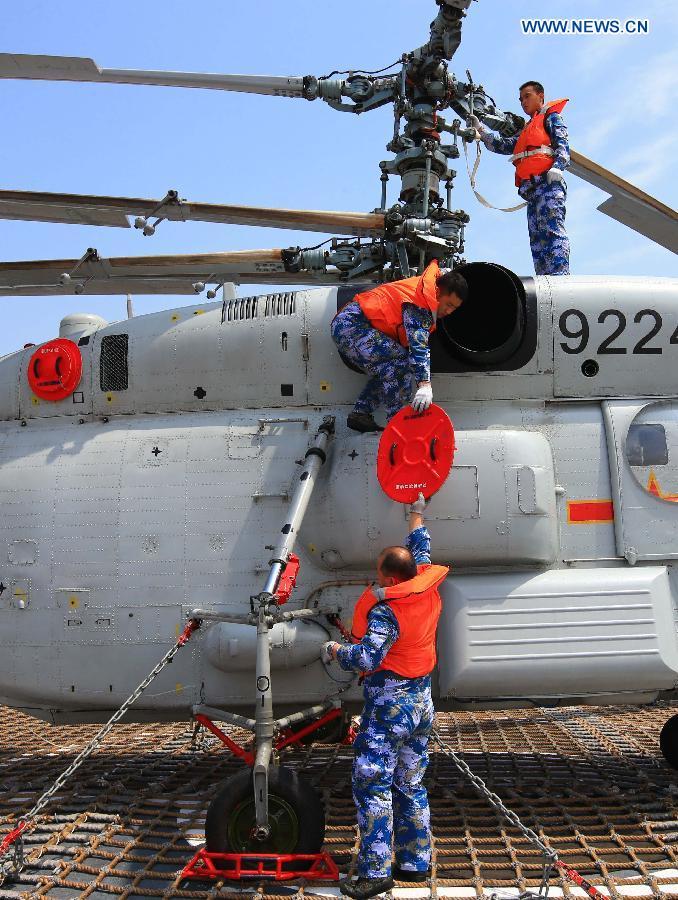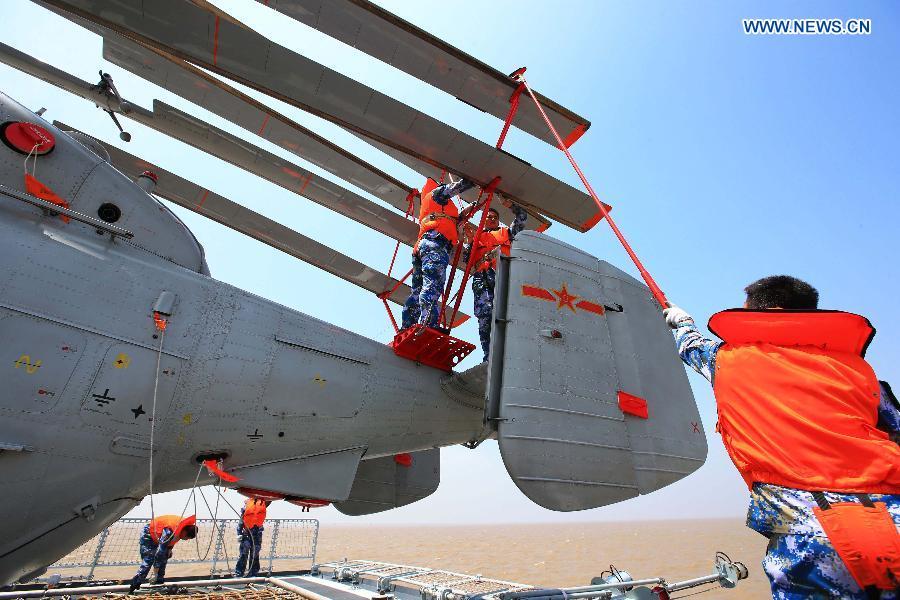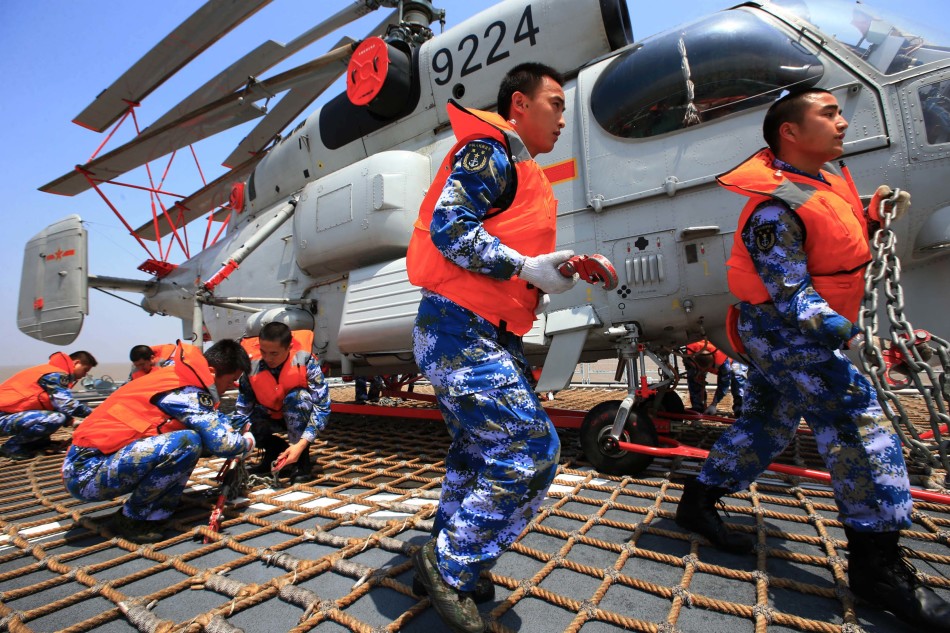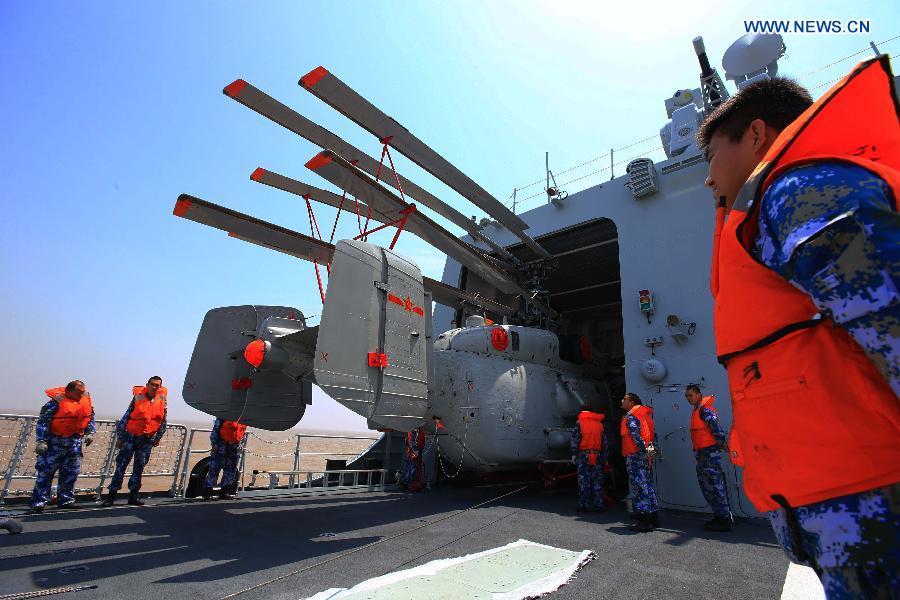Here is the complete SCMP article of the above report. This network could be data link to surface vessel and submarine, MPA aircraft
China has announced plans to upgrade a civilian network of sensors and communications technology deep in the Western Pacific that it says is used in scientific research.
But analysts said the PLA could already be using a military-grade version of the communications technology to contact submarines operating far from base.
Buoys anchored between 400 and 500 metres beneath the surface of the Western Pacific would be upgraded this year, state media quoted scientists involved in the project as saying.
The researchers said the submerged sensors helped with research into areas such as climate change and ocean currents, and the upgrade would allow the equipment in the buoys to send data directly back to bases in China via satellite technology, Xinhua reported on Sunday.
China had deployed hundreds of buoys, including nearly 20 deep anchor points, in the Western Pacific since 2014, Xinhua said.
The data can only be collected from the buoys once a year by manually retrieving hard drives as it was difficult to make radio contact with the sensors through the water, Wang Fan, deputy director of the Institute of Oceanology at the Chinese Academy of Sciences in Qingdao, said.
The new technology will enable the deep-sea buoys to send data to surface anchor points through a cable or wireless sound waves. The surface buoy will then relay the information to a communication satellite.
The civilian system works at the operational depth of most nuclear submarines, suggesting the military could already be using a similar undersea network to communicate with submarines, according to other scientists familiar with the technology.
The data collected could also aid naval operations, according to research scientists. Readings of water speed, temperature and salinity collected by deep-sea sensors would help Chinese submarines avoid harmful turbulence, they said.
The buoys might also record and monitor the passage of submarines from other nations. The Western Pacific is close to numerous countries involved in maritime disputes with China, including Japan and the Philippines.
China is also increasingly concerned about growing US military activity in the area as Beijing makes more assertive claims to territory in the South China Sea.
Lockheed Martin said six years ago it was developing similar technology for US submarines.
Nuclear subs can receive messages but not reply to them when underwater, according to the company. To send a message the submarine has to surface, which increased the risk of being spotted or attacked.
A solution proposed by the US company, then still under development, also involved a surface buoy to establish a link between the craft and a satellite. The new system was dubbed the “first two-way communication method for submarines at depth”. The buoy could be deployed either by plane or launched from the submarine’s waste disposal chute.
Professor Li Xiaodong, director of the communication acoustics laboratory at the Institute of Acoustics at the Chinese Academy of Sciences, said the technology faced many challenges.
In deep, quiet waters, wireless communication with sound waves could be achieved at distances over 10,000 metres, he said.
But the effective range dropped quickly in the presence of background noises such as ship engines or whale calls.
“The technology works better in distant oceans than offshore areas,” he said. “The real advance is that they seem to have solved the problem of the long-term operation [of deep-sea buoys] with low power consumption for satellite communication.”






